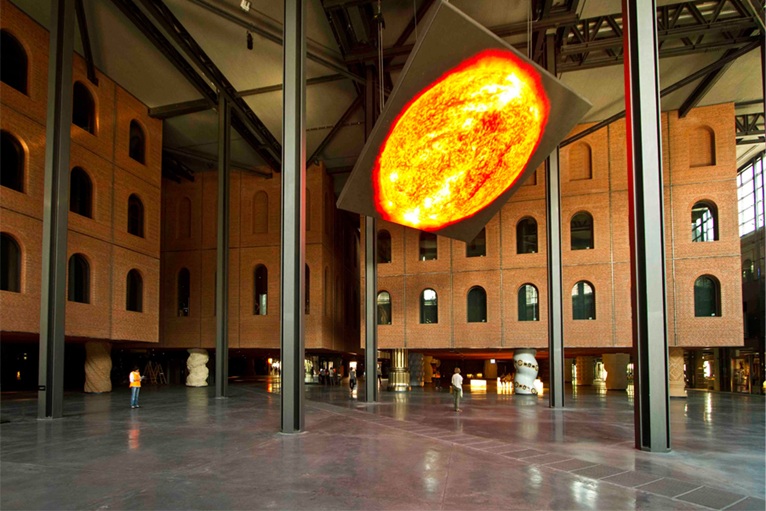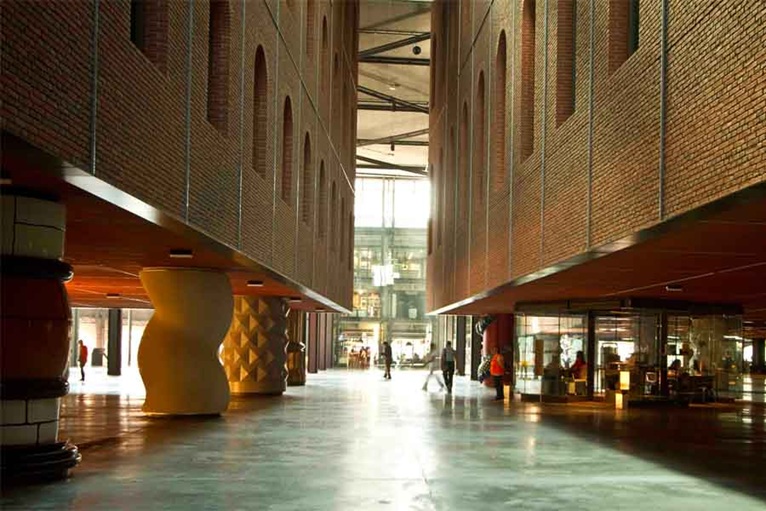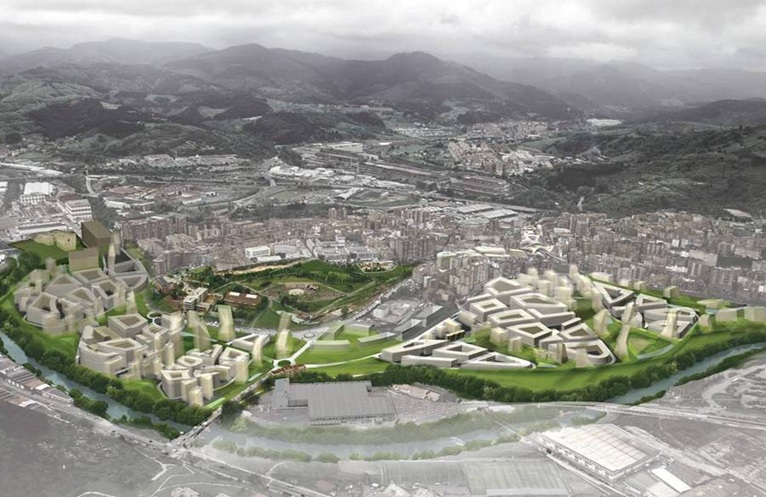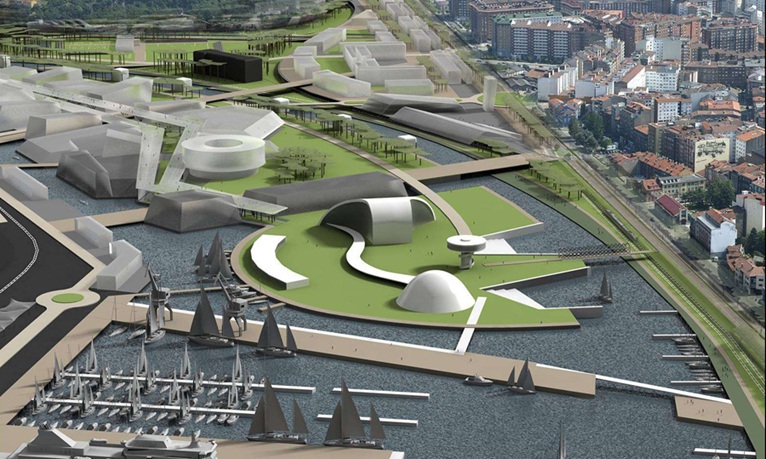
ARUP'S WEEKLY COLUMN _ In Europe 80% of the population lives in cities. The analysis of the economic, social, environmental and technological changes caused by globalisation and integration is focused on the largest metropolitan regions but almost 50% of all urban inhabitants live in medium-sized cities of fewer than 500,000 people. The chance to adapt, improve or reinvent these existing cities is a big opportunity.
In many ways, building new cities from scratch would be easier; existing medium-sized cities often face multiple problems. They must internationalise themselves to attract businesses and talented workers, while preserving their local culture and heritage. In particular, they need to attract young people to counter their ageing and shrinking populations.

Credit Andrea Bocchino
These cities must also cope with infrastructure that is reaching the end of its life and work out how to rehabilitate it for the future. And they must do all this with shrinking public budgets and more difficult access to credit.
So what can they do? I think cities should adopt the knowledge-economy model. This embraces concepts such as city identity, innovative economies and social competitiveness. It offers cities a chance to define themselves using culture, heritage, innovation, quality of life and collaborative development to stand out from the rest.

Take Bilbao for example. After decades of steady decline, the city has undergone a process of renaissance. Investment has focused on creating large transport infrastructures and implementing economic and cultural promotion policies. The goal, which has been largely achieved, was to promote functional transformation by converting spaces that were degraded or used for obsolete activities. La Alhóndiga Cultural Centre is a good example. This former warehouse was transformed into a cultural and leisure centre where Bilbao’s energy takes on a life of its own.

Basauri masterplan
Plans for the former industrial areas of Basauri, Olabeaga and Zorrotzaurre will foster mixed-use developments with an international profile. These range from housing, offices, technology parks, shopping areas and leisure facilities to rail infrastructures aimed at integrating town and river.
Bilbao’s innovative approach reconciles the efforts of the public sector with those of the private sector. It promotes the internationalisation of a region little known in the world until now by taking into account economic factors as well as social and environmental benefits.

Santander waterfront
I think that, thanks to Bilbao´s inspiring regeneration efforts, other neighbouring communities have already started their own reinventions. Medium-sized cities like Santander and Avilés are currently exploring their urban regeneration process, shaping a network of key Atlantic cities across Spain recognised for their identity, innovation and knowledge.

Innovation Island
This article was first published by Arup at http://thoughts.arup.com/


 8
8
comment